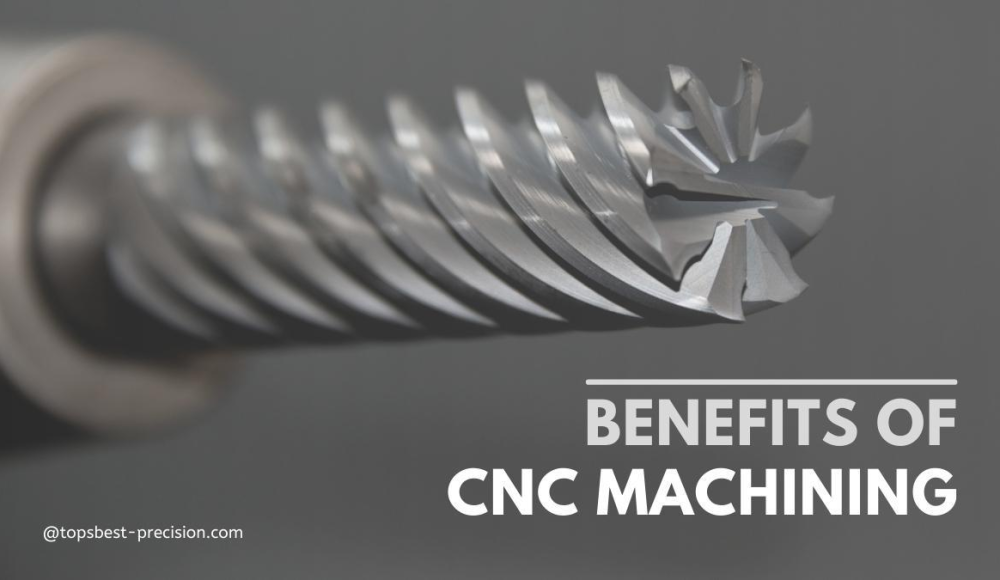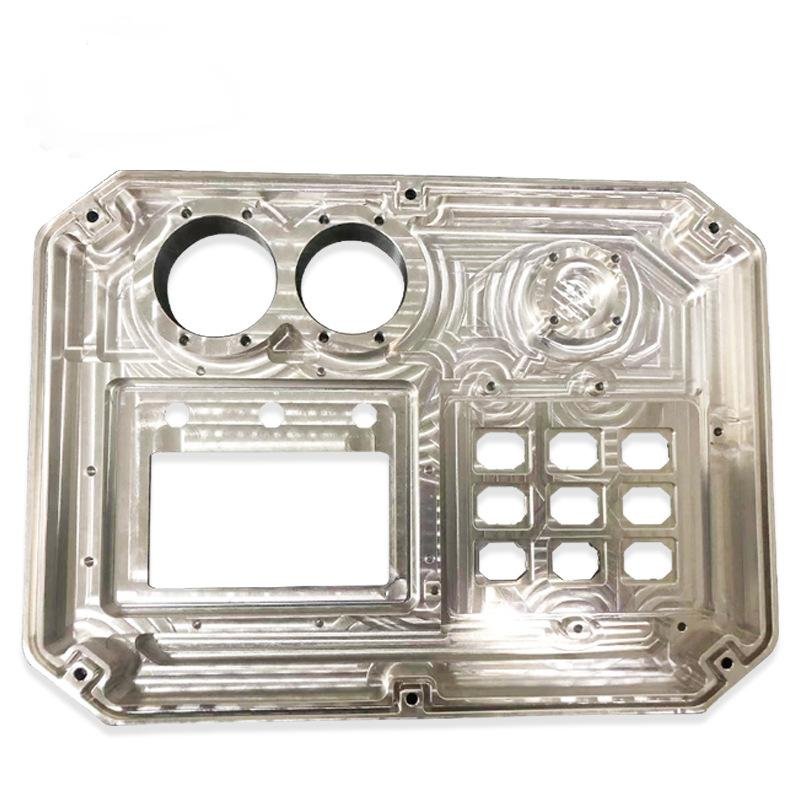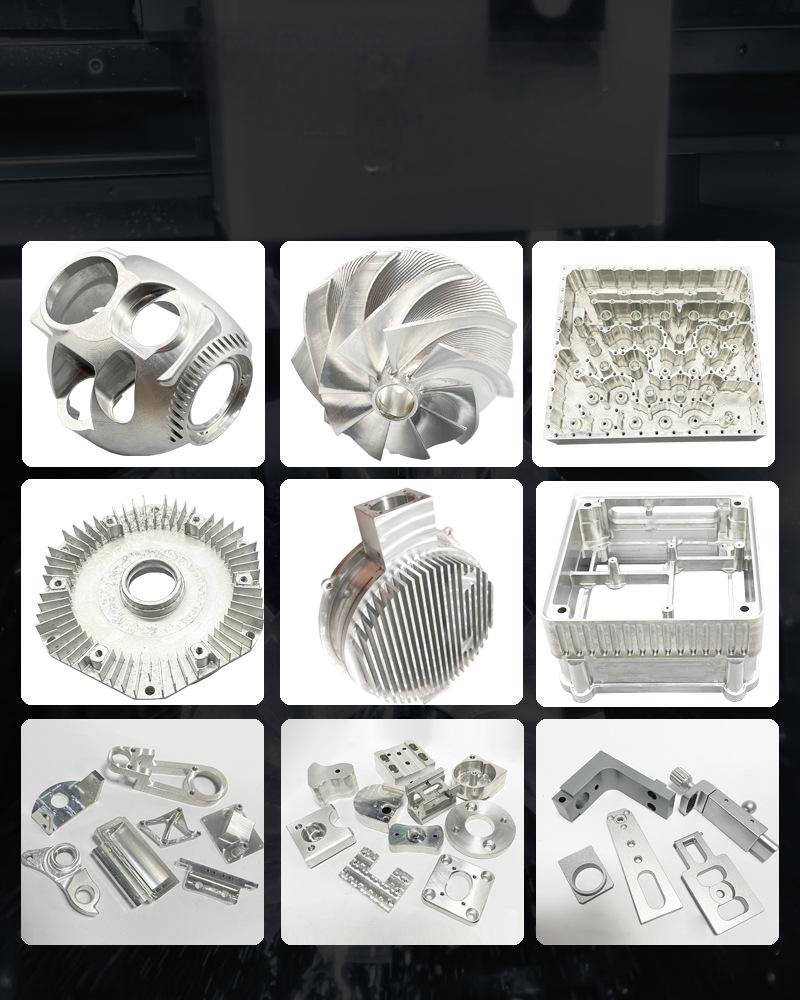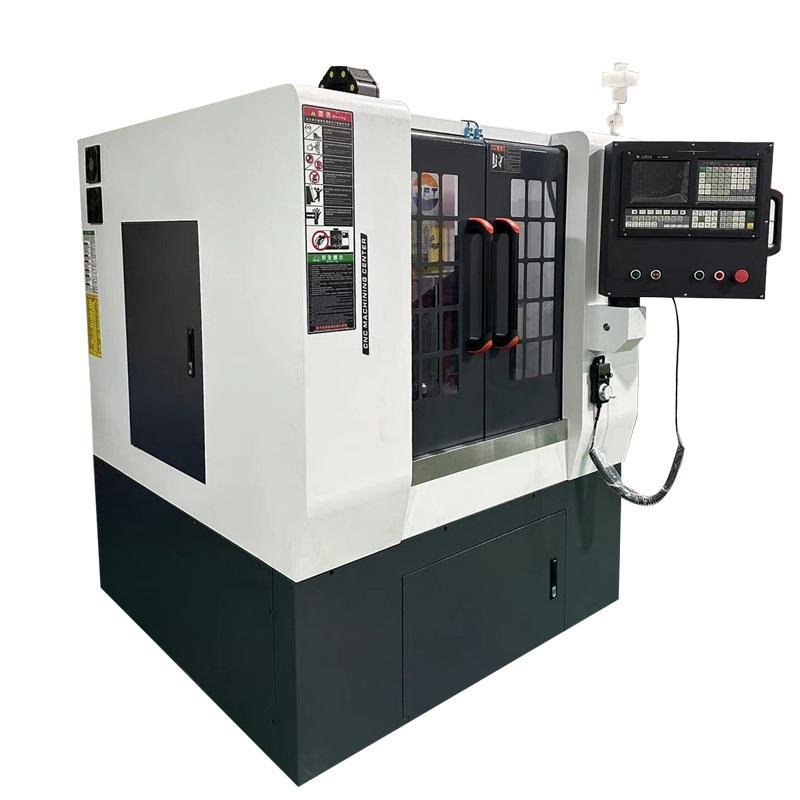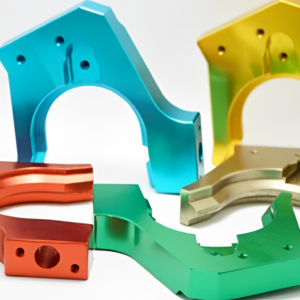Over the years, manufacturing has evolved tremendously, thanks to technological advancements. One of the most significant developments in modern manufacturing is CNC machining (Computer Numerical Control). This process has revolutionized industries by offering higher accuracy, efficiency, and automation, making production faster and safer.
If you’re wondering how CNC machining works, its benefits, and its role in various industries, this detailed guide will help you understand everything you need to know.
Introduction to CNC Machining
CNC machining is a computer-controlled manufacturing process that uses programmed software to control tools such as lathes, mills, routers, and grinders. Unlike traditional manual machining, where human operators control the cutting tools, CNC machining follows pre-programmed instructions, making the process highly precise and efficient.
With CNC technology, manufacturers can create complex, high-precision components quickly and cost-effectively. This makes it a preferred method for industries requiring tight tolerances and mass production.
What is CNC Machining?
CNC machining involves removing material from a solid workpiece using computer-controlled tools to achieve the desired shape. The process relies on CAD (Computer-Aided Design) models, which are converted into numerical code that directs the machine’s movements.
Key Components of CNC Machining
- CNC Machine– The main equipment that performs cutting, milling, drilling, or turning.
- Controller– The computer system that processes and executes instructions.
- Cutting Tools– Various tools like end mills, drills, and turning tools that remove material.
- Workpiece– The raw material (metal, plastic, wood, etc.) being machined.
CNC machining is widely used across industries, offering unmatched precision and repeatability compared to traditional methods.
Industries That Use CNC Machining
CNC machining is used in numerous industries due to its versatility and efficiency. Some of the most common sectors include:
- Automotive– Engine components, custom parts, and prototypes.
- Aerospace– Lightweight parts for aircraft and space exploration.
- Medical– Surgical instruments, prosthetics, and medical implants.
- Electronics– Circuit boards, heat sinks, and casings.
- Construction– Metal frameworks, custom fixtures, and fittings.
- Firearms– Precision gun parts and accessories.
- Woodworking– Intricate designs for furniture and decorations.
Because of its ability to produce highly complex and precise components, CNC machining continues to be a cornerstone of modern manufacturing.
Benefits of CNC Machining
CNC machining has revolutionized manufacturing by making production faster, more precise, and highly efficient. Whether you’re producing a single prototype or thousands of parts, CNC machines ensure consistent quality and accuracy with minimal human effort.
Unmatched Precision and Accuracy
CNC machines follow computer-programmed instructions, meaning they don’t make human mistakes. They can work with extremely tight tolerances—as precise as ±0.004 mm—which is crucial for industries like aerospace, medical, and automotive where even tiny errors can lead to big problems.
✅ Every part comes out exactly the same
✅ No manual errors or inconsistencies
✅ Perfect for high-precision industries
Super High-Speed Production
Unlike manual machining, CNC machines can work nonstop—24/7, producing parts way faster than human operators ever could. Whether you’re making one part or thousands, CNC machining ensures quick and efficient production.
✅ Runs continuously, no breaks needed
✅ Handles large production runs with ease
✅ Saves time compared to traditional machining
Perfect for Any Production Size
CNC machines are scalable, meaning they work well for small prototypes and large-scale production alike. Need just one custom part? No problem. Need 10,000 identical pieces? Easy!
✅ Great for small, custom jobs or mass production
✅ No need for expensive molds like in injection molding
✅ Easy to repeat production whenever needed
Works with Many Different Materials
CNC machines can cut through almost anything, including:
This flexibility makes CNC machining suitable for nearly any industry, from electronics and construction to medical and aerospace.
✅ No material limitations
✅ Perfect for both soft and tough materials
✅ One machine can handle multiple material types
Less Human Labor, More Automation
Since CNC machines are computer-controlled, they require very little human intervention. This reduces labor costs while increasing efficiency. A single operator can oversee multiple machines at once!
✅ Fewer workers needed to operate machines
✅ Cuts down on production costs
✅ Less risk of human error and accidents
Consistent Quality, Every Single Time
Unlike manual machining, where parts may vary slightly, CNC machining produces identical parts every time. Once a program is set up, the machine will recreate the exact same part without any differences.
✅ No variations between parts
✅ Perfect for industries that require precision
✅ Saves money by reducing defective parts
Complex Shapes? No Problem!
CNC machines can cut, drill, mill, and shape complex designs that would be impossible with manual tools. If you need intricate, detailed, or custom shapes, CNC machining is your best bet.
✅ Great for highly detailed parts
✅ Can create advanced 3D shapes
✅ Handles complex designs effortlessly
Less Waste, More Savings
CNC machining is a subtractive process (it removes material to shape a part), but it’s highly efficient at minimizing waste. Since it follows exact programmed instructions, there’s very little material loss, which helps save money on raw materials.
✅ Uses material efficiently
✅ Reduces production costs
✅ Environmentally friendly
Safer for Workers
In manual machining, workers are close to sharp tools and fast-moving parts, which can be dangerous. With CNC machines, most of the work is done automatically, keeping operators at a safe distance.
✅ Less risk of injury
✅ No direct contact with sharp tools
✅ Safer work environment
Easy to Repeat Orders Anytime
Once a CNC program is saved, you can use it again whenever needed. If a client wants the same part in the future, the machine can reproduce it exactly without reprogramming.
✅ Quick reordering for customers
✅ No need to redo programming work
✅ Efficient long-term production planning
Why CNC Machining is the Future of Manufacturing
CNC machining combines speed, accuracy, and efficiency, making it one of the best manufacturing methods today. It reduces labor, increases production speed, and guarantees high precision—all while keeping costs low.
👉 Whether you need a single prototype or mass production, CNC machining is the ultimate solution for modern manufacturing.
Would you like to get started with CNC machining for your next project? Reach out to a professional CNC service provider today and turn your designs into reality! 🚀
Disadvantages of CNC Machining
Despite its benefits, CNC machining also has some limitations:
High Initial Cost
CNC machines are expensive to purchase and maintain, making them less accessible to small businesses.
Loss of Manual Machining Skills
As CNC machining becomes more widespread, traditional manual machining skills are declining, which may become a concern in certain industries.
Material Waste
Unlike 3D printing, which adds material layer by layer, CNC machining is a subtractive process, meaning excess material is wasted.
Requires Skilled Operators
Although CNC machines are automated, programming and troubleshooting require skilled technicians, which can be costly.
CNC Machining vs. Conventional Machining
| Feature | CNC Machining | Conventional Machining |
| Precision | Very high (±0.004 mm) | Moderate |
| Production Speed | Fast | Slow |
| Scalability | Easy to scale | Harder to scale |
| Human Labor | Minimal | High |
| Complexity | Can produce intricate designs | Limited |
| Material Waste | Moderate to high | Lower |
| Initial Cost | Expensive | Cheaper |
CNC machining is more efficient, precise, and scalable than traditional machining, making it the preferred choice for modern manufacturers.
Types of CNC Machines
CNC Milling Machines
Used for cutting, drilling, and shaping materials with rotating cutting tools.
CNC Lathes
Best for cylindrical parts such as screws, shafts, and tubes.
CNC Plasma Cutters
Utilize a high-temperature plasma torch to cut metal sheets.
CNC Laser Cutters
Use laser technology for high-precision cutting of metal, plastic, and wood.
CNC Waterjet Cutters
Employ high-pressure water streams mixed with abrasives to cut heat-sensitive materials.
Choosing the Right CNC Machining Partner
When selecting a CNC machining service, consider the following:
- Experience & Reputation– Look for a company with years of expertise in CNC machining.
- Capabilities & Equipment– Ensure they have modern CNC machines capable of handling your project.
- Material Options– Check if they can work with the specific materials required for your product.
- Production Time & Cost– Compare pricing and lead times for cost-effective sol
- Quality Assurance– Choose a manufacturer with strict quality control measures.
A reliable CNC machining partner ensures precision, efficiency, and timely delivery of high-quality parts.
Conclusion
CNC machining has transformed the manufacturing industry, offering unmatched precision, efficiency, and scalability. From automotive and aerospace to medical and electronics, CNC machining is shaping the future of modern production.
If you need high-quality CNC machining services, consider working with expert manufacturers who provide custom solutions tailored to your needs.
Would you like to explore CNC machining for your next project? Contact a professional CNC service provider today and take your production to the next level! 🚀

